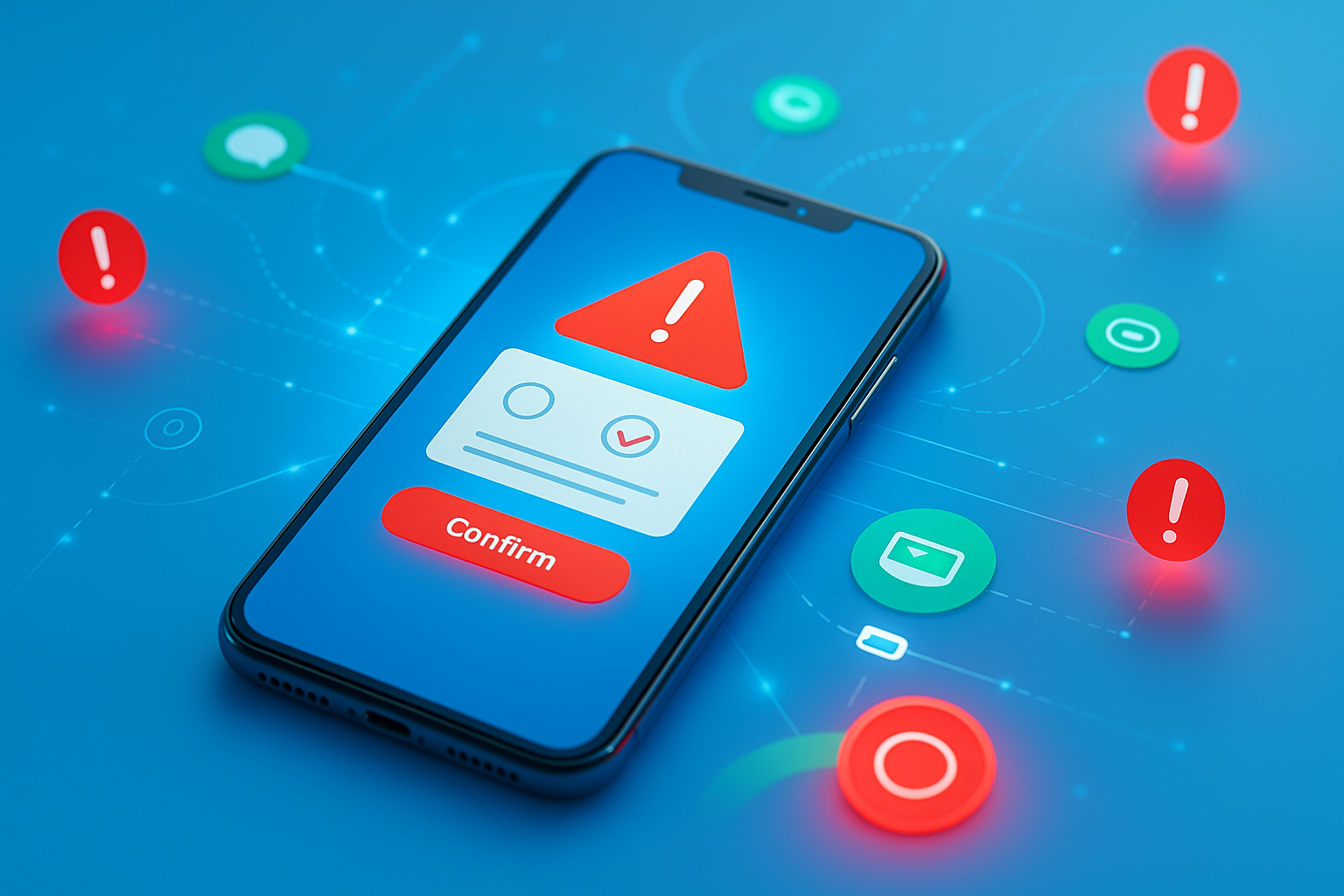Android ‘Quick Share’ Now Supports iOS ‘AirDrop’ – Here’s How to Use It Securely

Google announced that its Android “Quick Share” feature now interoperates with Apple’s “AirDrop” on iOS devices – enabling two-way, peer-to-peer file sharing between Android and iOS.
This is a welcome move for consumers. Android and iOS users have long been blocked from seamless local-file sharing without resorting to third-party or cloud-based workarounds. Now the platforms are coming closer.
Users of the Pixel 10 family, on the Android side, will be able to share photos, videos and other files directly with iPhones without needing third-party apps, thanks to this interoperability.
Peer-to-peer
Google says this sharing is peer-to-peer, not routed through servers, and no extra data is logged or shared.
For now, the cross-platform support uses the “Everyone for 10 minutes” mode on AirDrop/Quick Share, meaning devices become discoverable for 10 minutes.
Google says it hopes to work with Apple to enable “Contacts Only” mode in the future.
Secure by design
From a security standpoint, the interoperability layer was built with the same “secure-by-design” processes used for other Google products: threat modelling, privacy reviews and penetration testing.
A key technical detail outlined in Google’s announcement, the underlying implementation uses the memory-safe programming language Rust, helping mitigate risk of buffer‐overflows and memory corruption vulnerabilities in the data-parsing layer.
After conducting its own secure product development, internal threat modeling, privacy reviews, and red team penetration tests, the search giant engaged a leading penetration testing firm to further test the security of the feature and conduct an independent security assessment.
“The assessment found the interoperability between Quick Share and AirDrop is secure, is ‘notably stronger’ than other industry implementations and does not leak any information,” according to the tech titan.
How to use cross-platform sharing securely
Here are some recommendations to stay safe when using Quick Share ↔ AirDrop file sharing:
1. Only share with known devices
· Since the mode used is “Everyone for 10 minutes”, any nearby device might become visible. Before accepting or sending a file, double-check the device name on screen and ensure you recognise it. (Google actually emphasises this step.)
· If you’re in a public location, such as a coffee shop or train station, avoid enabling discoverability or sharing.
· When receiving, ask the sender if their device name matches what you see? If something looks unfamiliar, decline.
2. Limit discoverability time and scope
· After the file transfer, turn off or disable the sharing mode (or let the 10-minute window expire). Don’t stay discoverable substantially longer than needed.
· If the device offers a “Contacts Only” or “Friends Only” mode in the future, prefer that to “Everyone”. Until then, treat “Everyone for 10 minutes” as a temporary convenience – not a default always-on state.
3. Be cautious about what you send/receive
· Don’t send sensitive personal documents such as ID scans and financial docs unless you absolutely trust the recipient.
· Don’t accept files from strangers or from devices you don’t recognise. Malicious actors could use large files, executable payloads or specially crafted media to attempt exploits. Although Google says they’ve hardened the layer, risks remain.
· Once you receive a file, scan it with security software before opening, especially if the source is unfamiliar or the file type is unexpected.
4. Keep your OS and security software updated
· Use the latest Android or iOS version your device supports. The interoperability feature is built on modern platform protections.
· Keep your OS always updated, regardless of your activity. Google and Apple periodically address security vulnerabilities exploited in spyware attacks.
5. Educate friends and family who use your device
· If children, guests or others use your device temporarily, explain the sharing feature and the risks of accidental discoverability or file reception from unknown devices.
· Consider restricting permission to use sharing features under their user profile or as a guest.
Google says this is just the first step towards improving the experience and expanding seamless file sharing to more devices.
“We look forward to continuing to work with industry partners to make connecting and communicating across platforms a secure, seamless experience for all users,” the company said.
You may also want to read:
Five Ways Your iPhone Can Be Hacked – And How to Prevent It
Lost iPhone? Watch Out for this Phishing Trap
1 in 7 Consumers Got Scammed in the Past Year – Bitdefender Consumer Cybersecurity Survey 2025
tags
Author
Filip has 17 years of experience in technology journalism. In recent years, he has focused on cybersecurity in his role as a Security Analyst at Bitdefender.
View all postsRight now Top posts
Scammers Exploit Hype Around Starbucks Bearista Cup to Steal Data and Money, Bitdefender Antispam Lab Warns
November 18, 2025
Scam Alert: Fake Sephora Advent Calendar Ads and WhatsApp Messages Flood Europe in 2025
November 17, 2025
ClickFix Malware Chain Expands: Fake TradingView and Sora 2 Ads On Meta Now Target macOS Users
November 17, 2025
The ‘Recognize the State of Palestine’ WhatsApp Message You Just Received Is a Scam
November 17, 2025
FOLLOW US ON SOCIAL MEDIA
You might also like
Bookmarks






